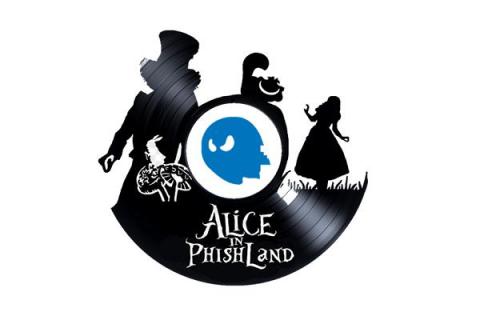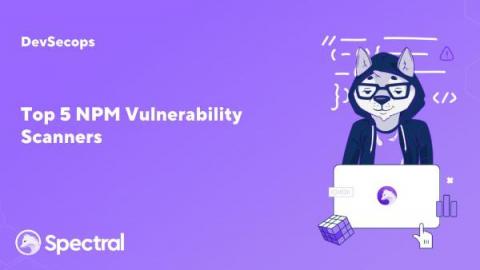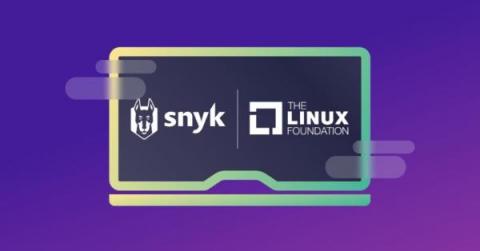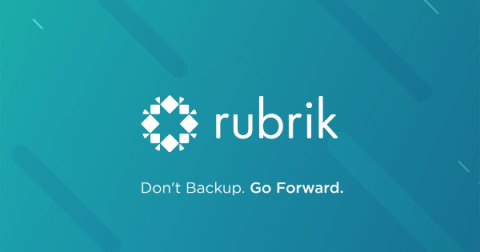Phishing: Better Proxy than Story
In the last phishing blog we discussed how modern phishing works on the frontend. Read on to find out how threat actors can easily find and authenticate a suitable domain by modifying both Gophish and Evilginx to evade security controls In the last phishing blog we discussed how modern phishing works on the frontend. Here we go behind the scenes to dissect how to configure and authenticate a good domain for your phishing campaign using Apache as Reverse Proxy. Excited? You caught the hook, read on!











